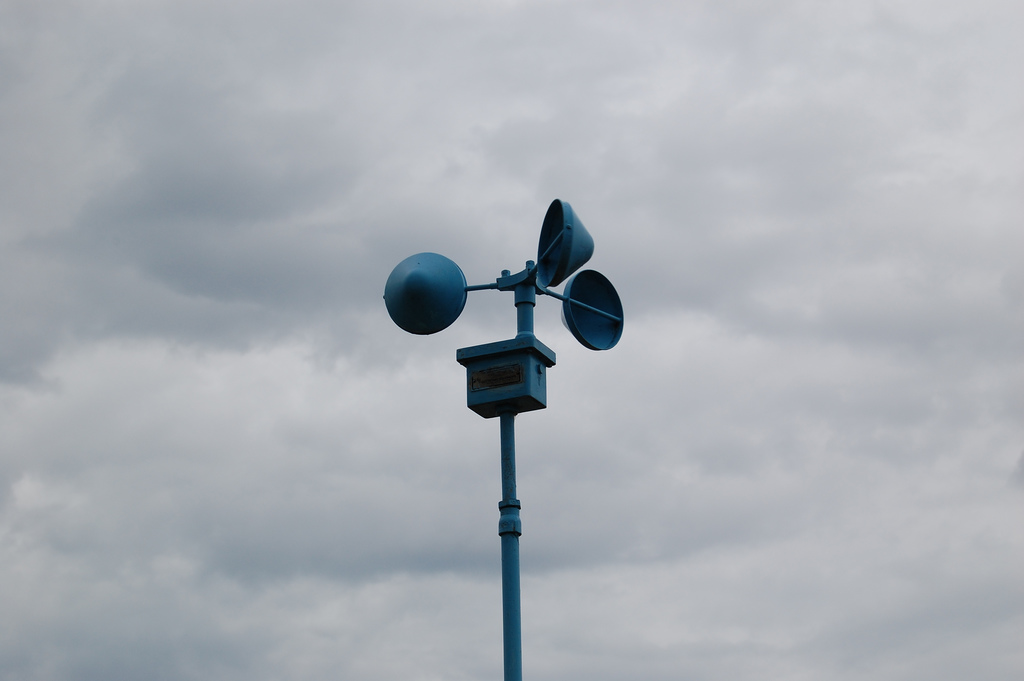

The disadvantage of the hot wire anemometer is that the probe has a certain interference to the flow field, and the hot wire is easy to break.Ĥ. High measurement accuracy and good repeatability. It can be used not only for gas but also for liquid, and can be used in subsonic, transonic and supersonic flow of gas ģ. Small size, small interference to the flow field Ģ. People will choose ultrasonic wind speed sensors in some field precision measurement tasks, such as urban environmental monitoring, wind power generation, weather monitoring, bridges and tunnels, marine ships, aviation airports, various fan manufacturing industries, and industries that require exhaust systems.ġ. In many applications, it replaces the traditional wind speed and direction sensor. Compared with the traditional wind speed meter, the ultrasonic wind speed sensor has the advantages of good measurement accuracy and multiple functions, and the structure of its probe is relatively simple. There are many types of wind speed sensors, which can be divided into Pitot tube wind speed sensors, propeller wind speed sensors, Hall effect electromagnetic wind speed sensors, hot wire wind speed sensors, and ultrasonic wind speed sensors.

It can be widely used to measure wind speed in greenhouses, environmental protection, weather stations, and breeding places. The wind speed sensor is an intelligent instrument with convenient use, good performance and high reliability. According to the theory of forced convection heat exchange, it can be derived that there is a relationship between the heat Q lost by the heating wire and the velocity v of the fluid. When the fluid flows through the metal wire in the vertical direction, it will take away a part of the heat of the metal wire, and the temperature of the metal wire will drop. The basic principle is to put a thin metal wire in the fluid and pass the current to heat the metal wire to make the temperature higher than the temperature of the fluid, so the metal The silk anemometer is called "hotline". The anemometer is mainly based on the meter adopting the calorimetric principle to measure the wind speed. Under the effect of wind, the wind cup rotates around the shaft at a speed proportional to the wind speed. The whole sensing part is installed on a vertical rotating shaft. The concave surface of the empty cup is all facing one direction. It is mainly composed of three parabolic cone empty cups fixed on the bracket at 120° each. There are diverse types of it and among which that the wind cup anemometer is the most commonly used in meteorological stations. An anemometer is an instrument that measures air velocity. Calibrating the Wind Sensor Rev.Before discussing the advantages of ultrasonic anemometer & ultrasonic wind sensor, let's see what an anemometer is first.Current: ~40mA - increases a bit with higher wind speeds.The Rev P Wind Sensor is now available through our UK-based partner Digital Smarties. It works great with any Arduino or clone, right out of the box, however you need to provide at least 9-12 volts from an external power source, with 12 volts being ideal.įor a less expensive alternative, check out the Wind Sensor Rev. This is to accommodate the increasing use of 3.3 volt boards, and microcontrollers. The voltage (wind) output of the sensor has also been scaled to a maximum 3.3V output with high precision (.1% resistors). The temp sensor analog output is also scaled to 3.3 volts. Another new feature of the sensor is a dedicated ambient temperature sensor that is independent of supply voltages. The sensor is physically more robust than our older sensor due to the loop that holds the sensing element. The new mounting of the thermistor sensing element means that the Rev P is much less directionally sensitive than the Rev C. (It does not necessarily mean the sensor can survive being in hurricane, apologies storm hunters). One pleasant side-effect of this increased voltage is that there is plenty of power to heat up the thermistor, so the sensor can sense hurricane force winds without saturating (going to a flat maximum value). Thus the sensor needs an 9-12 volt supply. These thermistors require a higher voltage to heat the sensing element to operating temperature. These thermistors are more stable and more absolutely accurate than the thermistors on the Rev C. The P refers to positive temperature coefficient thermistors that are used in this model. P wind sensor is an improved hot wire anemometer, similar to our Rev C wind sensor, but including hardware compensation for ambient temperatures. All boards are calibrated in the shop, so the potentiometer shouldn't need to be changed by the user, although it's there to experiment with if you so desire. We also added a high precision potentiometer to allow easier calibration. P6 wind sensor is the latest revision of our wind sensor, revised to increase stability and accuracy.


 0 kommentar(er)
0 kommentar(er)
